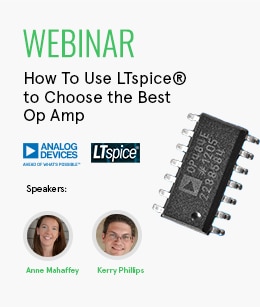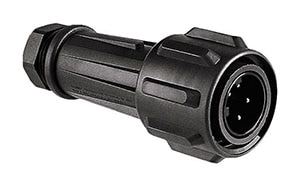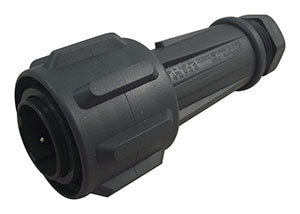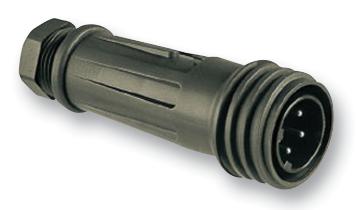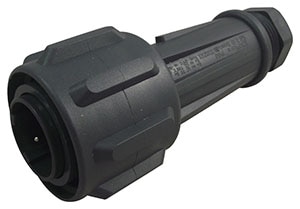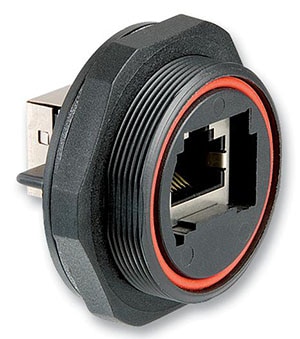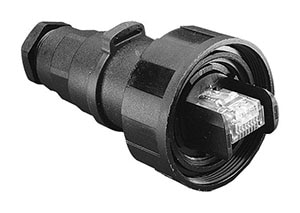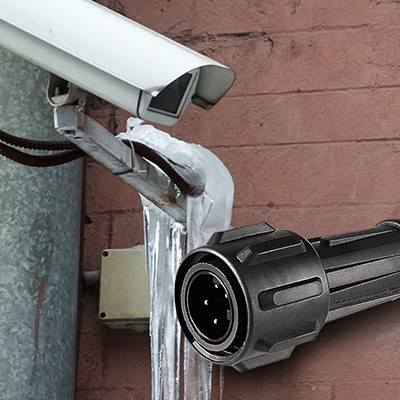
This Tech Spotlight discusses how sunlight, moisture, and humidity affect the performance of electronic systems, and the available methods to mitigate those environmental conditions. Devices installed outdoors must be able to operate in harsh environments and survive humidity, sunlight, moisture and dust. Examples of outdoor devices include surveillance cameras and Electric Vehicle (EV) chargers, as well as devices in IoT systems and the automotive, aviation, and aerospace industries.
What happens to electronics outdoors?
Moisture and Humidity
Exposure to moisture can be a problem for many electronic devices. Water by itself (pure water) is harmless. However, water vapor in the air is often contaminated with minerals and substances, such as chloride, nitrates, iron, or copper particulates from air pollution and industrial byproducts. These contaminants produce positively and negatively charged ions that can corrode equipment and initiate short circuits, leading to device malfunction or failure. When water evaporates, these particles, salts, and minerals will leave behind a residue. Many of these substances act as corrosive agents and can cause problems, including increased electrical resistance, heat generation and rusting of critical electrical components.
For a device operating in low temperature conditions, a drop in temperature can cause the moisture inside the enclosure to condense. Condensation in the electrical panel could cause the PCB to delaminate or swell. In addition, condensed water can enable the growth of conductive dendrites between traces and across component leads.
Sunlight
Equipment deployed in outdoor locations typically receive many hours of sunlight. Electronic enclosures can degrade after long hours in direct sunlight, making the components inside more vulnerable. The ultraviolet (UV) rays can even disrupt the molecular chains in a material, destroying its structural integrity. Sunlight exposure causes plastics to crack, discolor, and lose strength. These cracks can allow water to seep into circuits and electronics, potentially causing failures ranging from a minor inconvenience to a full system outage.
What Electronic Devices can be Installed Outdoors?
Electronic devices typically have an Ingress Protection (IP) rating that defines the level of protection they have against the entry of water and solid foreign objects. The International Electrotechnical Commission (IEC) describes the IP code under the IEC 60529 standard. The two letters “IP” are always followed by two digits; one example is “IP66”.
The first of the two digits denotes the degree of protection the device offers against the entry of solid objects. The second digit provides the device's protection against water entry. If there is a lack of protection for either of these classifications, the letter X will replace the digit.
For solids (first digit), the value can be any number between 0 and 6, where zero is the absence of protection, and six is dust tight. For liquids (second digit), the value can be any number between 0 and 9, where zero is the absence of protection and one is dripping water. A second digit of seven or higher means the enclosure can be completely submerged in water.
| First Digit (Protection Against Solids) | Second Digit (Protection Against Liquids) |
|---|---|
| 0 - No protection | 0 - No protection |
| 1 - Protected against solid objects ≥ 50mm | 1 - Protected against vertically falling drops of water |
| 2 - Protected against solid objects ≥ 12mm | 2 - Protected against direct sprays of water up to 15 degrees from vertical |
| 3 - Protected against solid objects ≥ 2.5mm | 3 - Protected against direct sprays of water up to 60 degrees from vertical |
| 4 - Protected against solid objects ≥ 1mm | 4 - Protected against splashing water from any direction |
| 5 - Dust-protected | 5 - Protected against low-pressure jets of water from any direction |
| 6 - Dust-tight | 6 - Protected against powerful jets of water from any direction |
| 7 - Protected against the effects of immersion in water up to 1 meter | |
| 8 - Protected against the effects of continuous immersion in water | |
| 9 - Protected against high-pressure, high-temperature jets of water |
Table 1: Ingress Protection (IP) Rating Chart
Safeguarding Electronics from Harsh Environments
Outdoor Connectors
Shop our wide variety of Outdoor and harsh environment connectors from Bulgin.
Don't forget to join our discussion.
The following methods can be used to protect electronic devices in harsh environments:
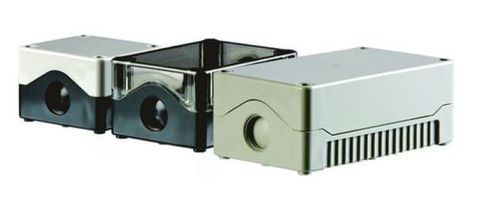
Figure 1: Enclosures for electronics (Source: Bulgin)
- Choosing the right enclosure: The standard procedure to protect electronics from moisture ingress is to use an enclosure. The correct enclosure will protect sensitive electronic components, ensuring that they remain functional. Enclosures are manufactured from polycarbonate and acrylonitrile butadiene Styrene (ABS) plastic or metal. Plastic enclosures are lightweight, weather-proof, and block UV rays. Metal enclosures are made from materials, such as aluminum and stainless steel. They are rugged, and ideal for outdoor use. Electronic enclosures are IP-rated and can be selected based on the environment they will be installed in.
- Conformal coating: Conformal coating is applied directly to the circuit board and is the easiest technique to keep electronics moisture-proof. The coating is a small, thin material that increases surface insulation resistance and prevents contact with harmful particles. This lightweight coating is applied during electronics manufacture.
- Placing moisture absorbers: Silica gel in PCB packaging can reduce the moisture content in the air. The silica gel will efficiently absorb water from humid air, insuring that there will be little to no water left to absorb on conductors in the PCB. Absorbents other than silica gel can also be used to remove moisture; activated alumina is one commercially available porous desiccant that offers a lower moisture capacity at low temperatures, but a higher capacity at higher temperatures. Activated carbon, phosphorus compounds, and metal salts are other options that provide different benefits.
- Shielding sensitive components: Plastic plugs and caps act as barriers that protect sensitive electronic components from damage. Factors such as size and shape of the component, the environmental conditions it will be exposed to, and its material properties must be considered before selecting an appropriate plastic plug or cap type for optimal protection of a particular electronic device or component.
- Choosing the suitable connector: Electronic devices have various connectors and ports. Material selection, IP rating, electroplating, and coupling methods are some of the essential specifications for appropriate connector selection. Connectors made from metals such as aluminum can provide the shielding required for electronic signals but are susceptible to corrosion and galvanic action. Metals resistant to toxic conditions, such as stainless steel, nickel, and aluminum bronze, are expensive and very dense. Connectors in harsh environments must have a suitable IP rating. Plastic housings are immune to water damage but fail against electromagnetic interference (EMI). Panel mounting connectors require a well-fitting seal, while cable mounting connectors must remain waterproof even when the cable is flexed.
Connectors for Outdoor and Harsh Environments
Bulgin offers a full range of IP66, IP67, IP68, and IP69 K-rated environmentally-sealed, circular power connectors. These connectors are designed to provide secure, robust, and watertight connections in heavy-duty, industrial, and harsh environment applications. The Power Buccaneer range has available flex, inline, and panel-mounted connector options, offering a variety of rugged plugs and receptacles from 2 to 32 poles, with solder or crimp terminations, and metal or plastic connector housings. The range also features power ratings of up to 600V 32A.
Explora Series Circular Connectors
The Data Buccaneer range includes various sealed circular connectors specifically designed for Ethernet, USB, and SMB applications. These connectors are designed to meet CAT5e requirements for data rates up to 100Mbps and are suited to a wide variety of industrial and harsh environment applications.
Data Buccaneer Series Ethernet Connectors
In partnership with
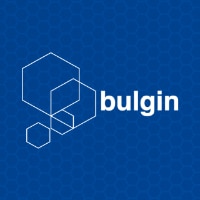
Summing up: Installing Electronic Devices Outdoors
Electronic devices installed in outdoor locations are susceptible to damage from harsh environmental conditions. Safeguarding outdoor equipment ensures smooth and reliable operation and minimizes downtime due to damage or malfunctions. Bulgin’s wide range of power, signal, and data connectors are robustly designed to seal off and protect against all environmental challenges, ranging from shock and vibration, dust and water, and EMI.
What are the harshest environments that your devices have been installed in?
Please tell us in the Comments section below.

